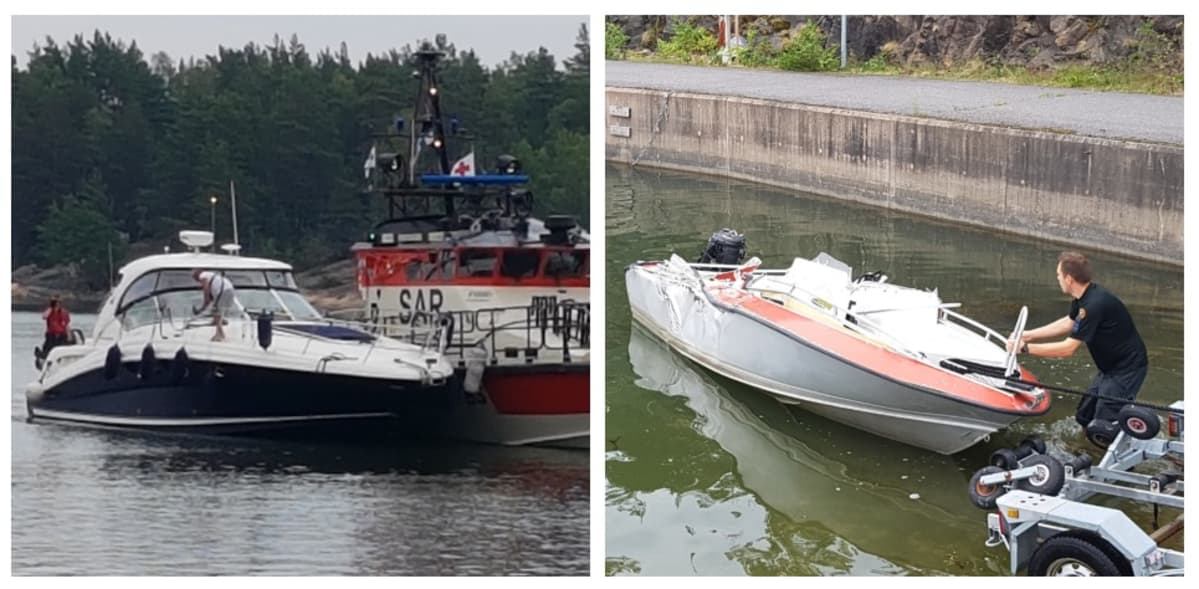twistedtree
Guru
I’m having a hard time visualizing that.
It looks to me like the sail boat crossed in front of the power boat, who apears to have hit the sail boat at a high enough rate of speed to climb up on the sail boat.
Based on the power boat climbing up on the sail boat I would venture to guess that the power boat was up on plane, a speed pretty difficult to overtake by a sail boat.
Perhaps there is more than I am seeing... but the photo does not seem to support a theory that the sail boat was overtaking the power boat.
This looks like a broadside collission to me.
I see the confusion now. He was making up an example to illustrate how a sail boat under sail doesn't ALWAY have precedence over a power boat. The precedence hierarchy is for crossing situations. When overtaking, there is no distinction between a sail or other boat.

 Or so I read it on the internet. SO it must be true.
Or so I read it on the internet. SO it must be true.
